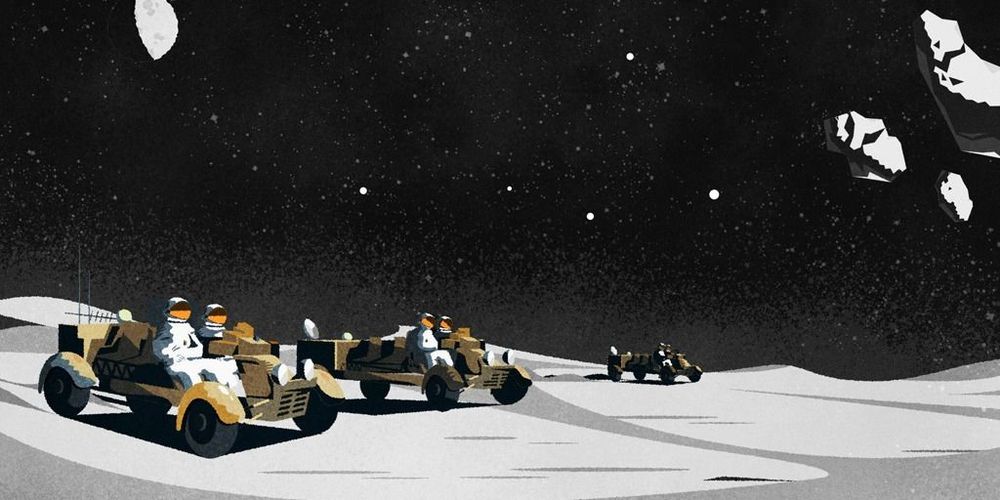Sep 13, 2019
A cancer-linked chemical has been found in heartburn medications. Here’s what you need to know
Posted by Paul Battista in category: biotech/medical
Heartburn drug Zantac has been found to be contaminated with low levels of a cancer-linked chemical. This is the same contaminant that lead to multiple recalls of blood pressure drugs.

















